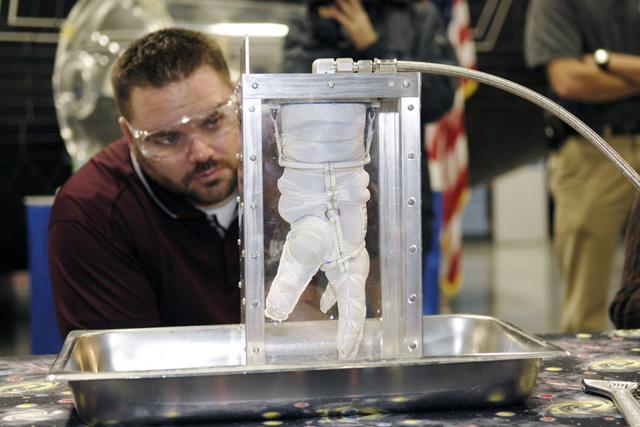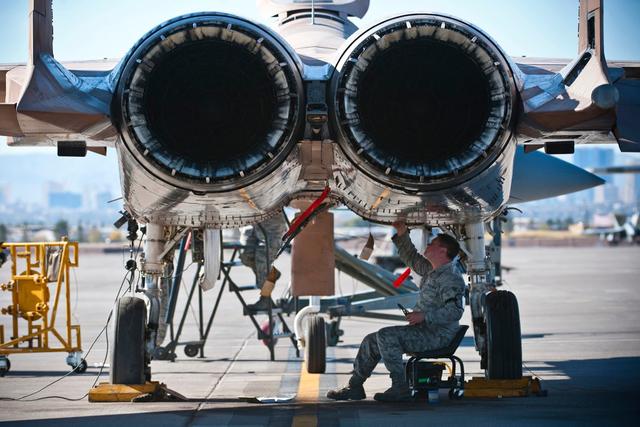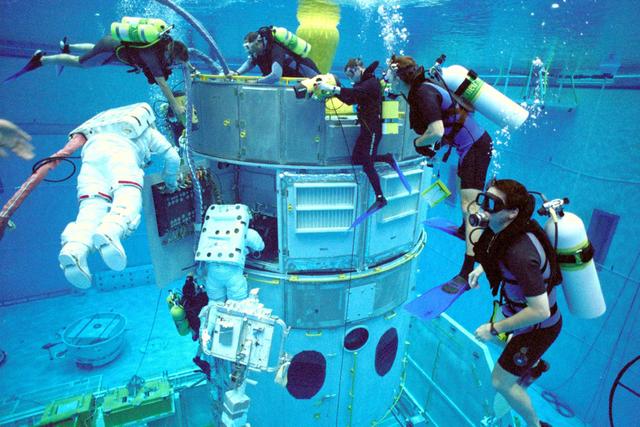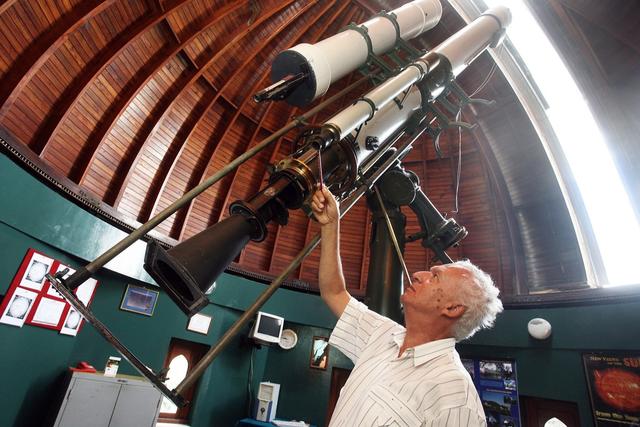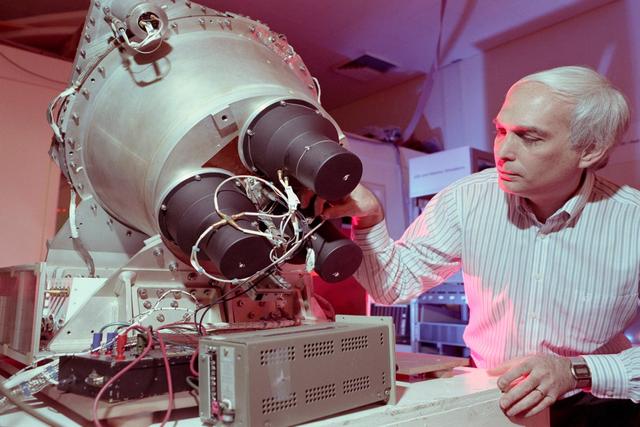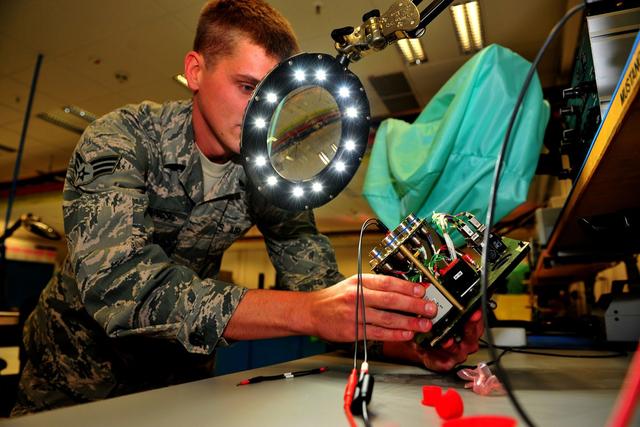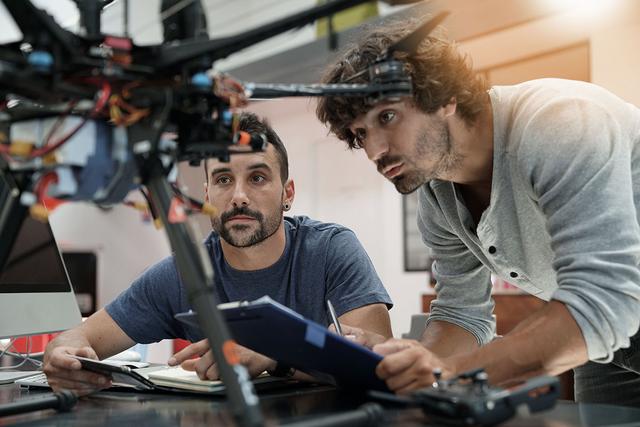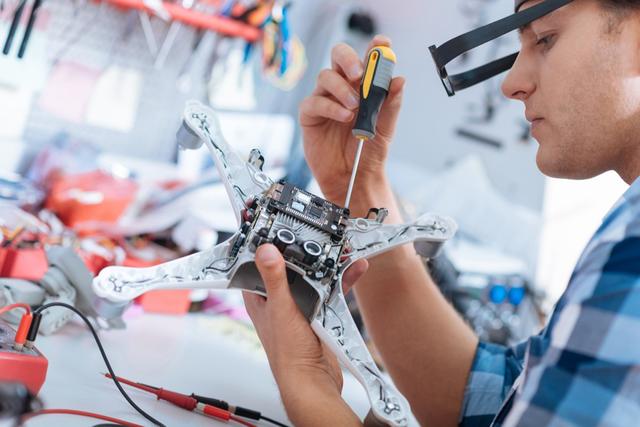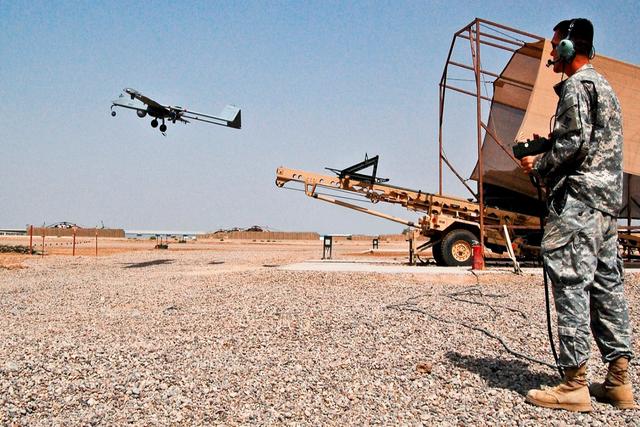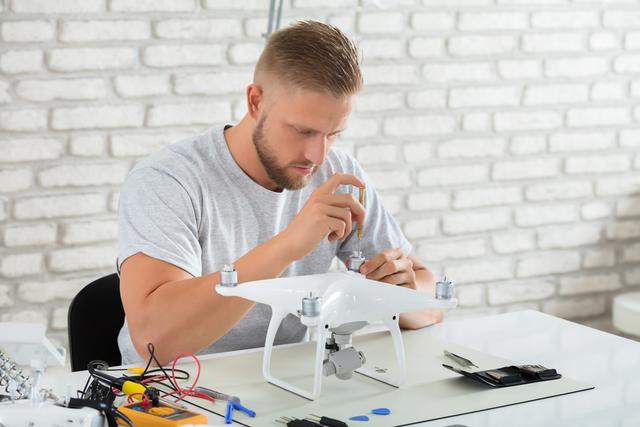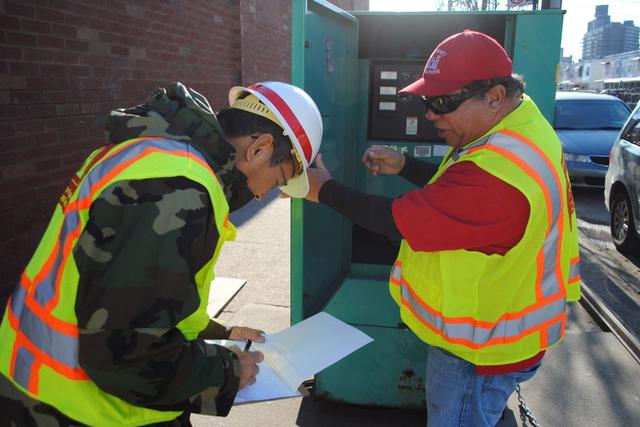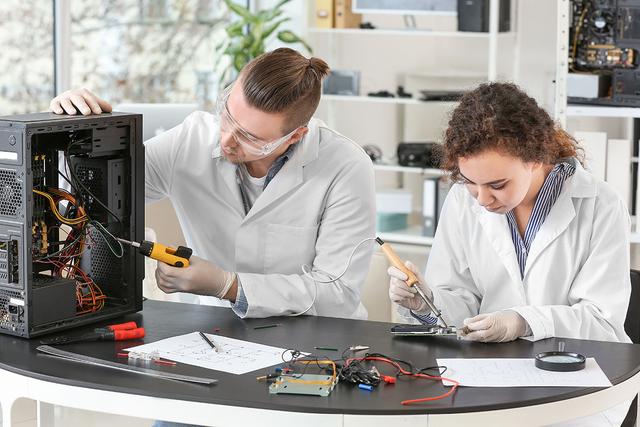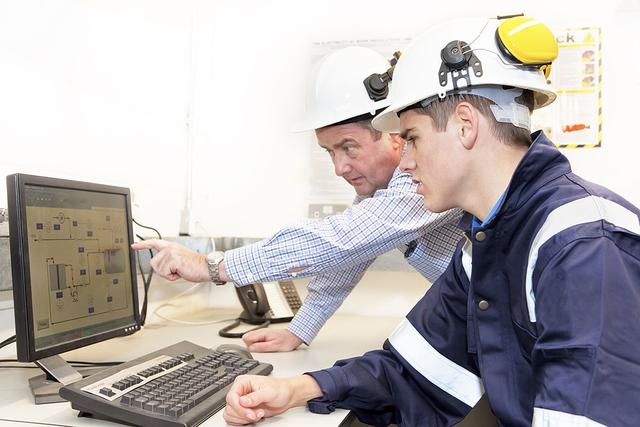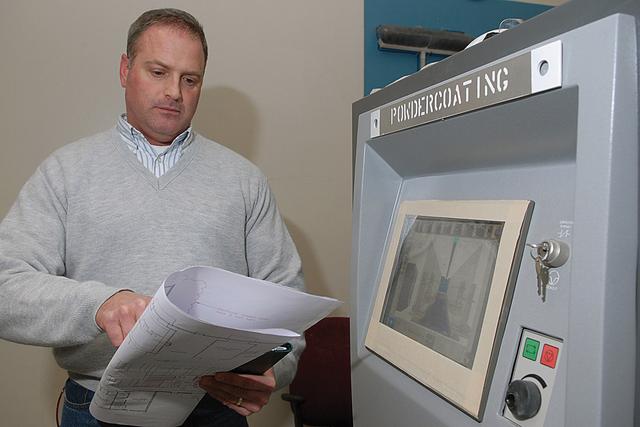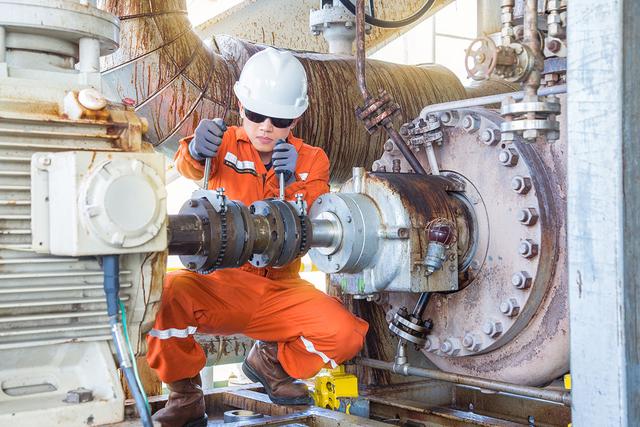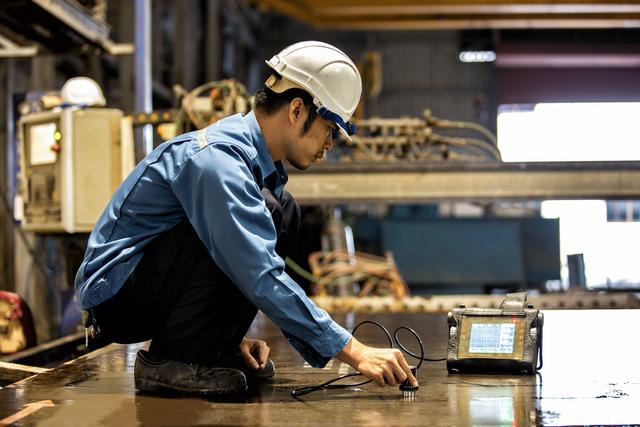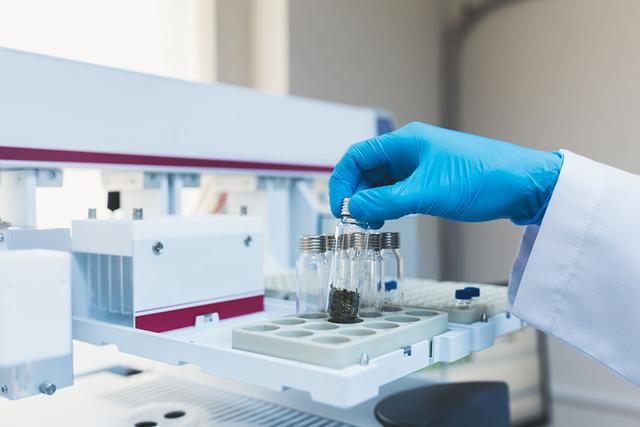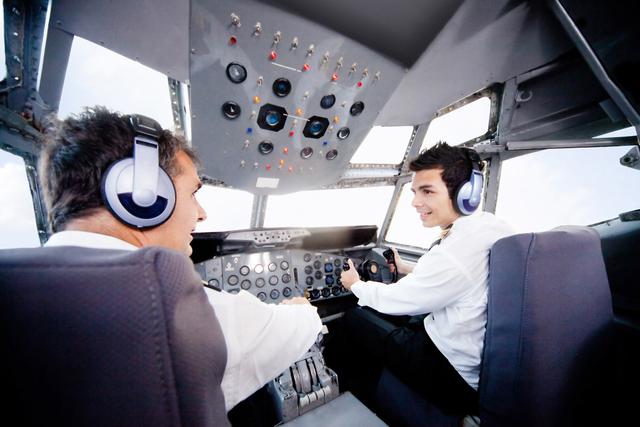Aerospace

Overview
Two main disciplines make up the aerospace industry: aeronautics, the study of flight, and astronautics, the study of travel beyond Earth's atmosphere. Within these divisions are a multitude of space, commercial, and military uses for moving vehicles through space. In the United States, the aerospace industry enjoys a close relationship with both public and private entities. For example, the government funds the space program overseen by the National Aeronautics and Space Administration (NASA), which contracts with many private companies to provide the specialized tools and programs necessary for defense systems, space technologies, and satellite communication. Both international and domestic companies are attracted to the U.S. aerospace market because it is the world's leader. Aerospace employs a highly skilled and diverse workforce, supporting more jobs than any other field. While scientific and technical workers are directly employed in aerospace, indirectly the industry provides jobs in many related fields including research, design, manufacture, operations, and maintenance. The Department of Labor reported that 67,200 aerospace engineers were employed in the United States in 2018, and approximately 485,790 workers were employed in the aerospace parts and manufacturing industry that same year. During the Cold War the United States and the Soviet Union worked against each other in the race to space. Today, in the spirit of global connectedness, five national space agencies—those of the United States, Russia, Europe, Japan, and Canada—representing 15 countries are responsible for the International Space Station (ISS). The most significant flying machine created by humans to date, the ISS is an outer space research laboratory that has been continuously occupied by various crew members since 2000. Studies onboard the ISS provide promise for breakthroughs in the fields of medicine, materials science, and physics, among others. A 2019 report on th...

